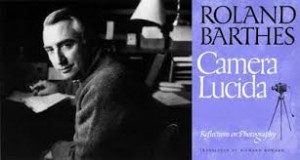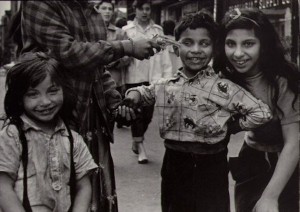My favorite photo is “Home of Gerard Basquiat” which taken in 553 Pacific St, Park Slope, Brooklyn in March 5, 1978 by Dinanda H. Nooney. In this photo, I see a family that has four members, father, mother, and two sisters. They were having a dinner. I see happiness, warmth, and peace in this family. The father was cutting his meal easily. The younger sister looked like having difficulties with cutting her meal. The mother was smiling with taking a cup of red wine and the older sister was looking at her.
In modern day, many people can’t have a dinner with their family everyday. Just because everyone is so busy working and earning money so they neglect of family.. Everyone has different problems to worry about. They may worry about food, house, money, and working problem. For student, they worry about homework, exam, and grade. 24 hours seem like not enough for people in modern day. I like this photo because it seen so relax of people in 1970’s. People had less irritation and pressure. Compare to modern day now, people can’t relax all the time. They think a lot of stuffs. So how come they have time to have a dinner with family? They might have a dinner in the special festival like Christmas or New Year. One of the reasons why I like this photo because I desire to have a dinner with my father and mother now. They work in other country and I can’t see them all the time. In fact, I am having a dinner with my brother every night. But, still, I feel so desire that having a dinner with all my family members.
Kayu Yu





